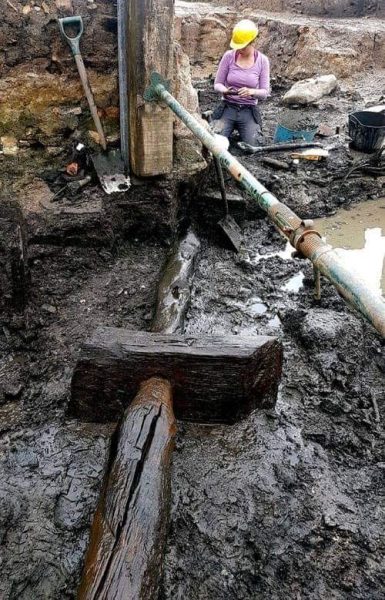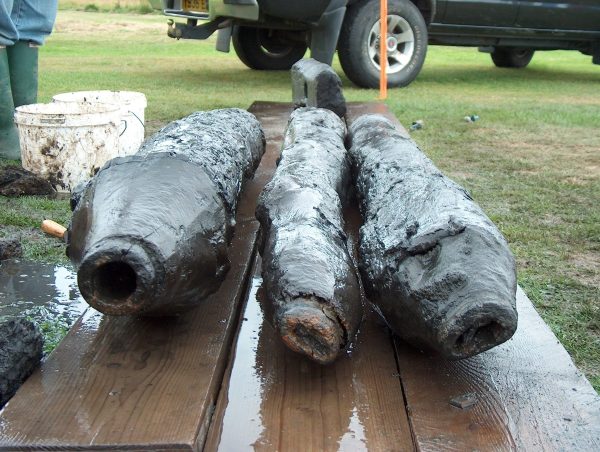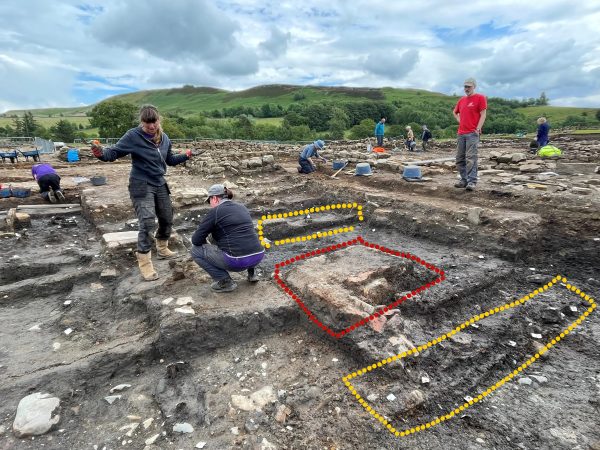
Exploring the remnants of ancient civilizations often unveils fascinating insights into their technological prowess and societal advancements. Such is the case with the recent archaeological discoveries of Roman wooden waterpipes in both Vindolanda and Lyon, shedding light on the sophisticated water management systems of antiquity.
The Vindolanda excavation site, situated in Northumberland, England, has long been a treasure trove of Roman artifacts, offering glimpses into the daily lives of those who inhabited the area nearly two millennia ago. Among the remarkable finds at Vindolanda are parts of second-century AD Roman wooden waterpipes, ingeniously crafted from alder trunks and secured with oak blocks. These pipes, now buried several meters below the ground, retain their functionality, with water still running through them when exposed.
Similarly, in Lyon, France, an archaeological survey conducted prior to real estate development in the Point du Jour area unearthed a significant discovery related to the ancient Roman Yzeron aqueduct

. The excavation, located in Lyon’s 5th arrondissement, the site of the ancient Roman city of Lugdunum, revealed the remains of double wooden pipes buried deep within a ditch. Despite being damaged by modern construction, the surviving sections of these wooden pipes span an impressive length of 80 feet, offering valuable insights into ancient hydraulic engineering.
These findings highlight the ingenuity of Roman engineers in designing and implementing sophisticated water supply systems to meet the needs of burgeoning urban centers. The utilization of wooden pipes, although unconventional by modern standards, was a testament to the resourcefulness of ancient craftsmen in adapting available materials to technological challenges.
From Vindolanda to Lyon, these archaeological discoveries serve as tangible reminders of the enduring legacy of Roman engineering and infrastructure. They provide a window into a world where hydraulic engineering played a crucial role in shaping urban environments and facilitating the growth of ancient civilizations.

In addition to their historical significance, these discoveries also underscore the importance of preserving and studying archaeological sites for their cultural and educational value. By uncovering and documenting remnants of the past, archaeologists and historians alike contribute to our understanding of human history and technological evolution.
As these excavations continue to yield remarkable findings, they inspire awe and admiration for the ingenuity of our ancestors and deepen our appreciation for the rich tapestry of human civilization. The ancient Roman waterpipes unearthed at Vindolanda and Lyon stand as tangible testaments to the enduring legacy of Roman engineering and the timeless quest for innovation in the face of environmental challenges.





